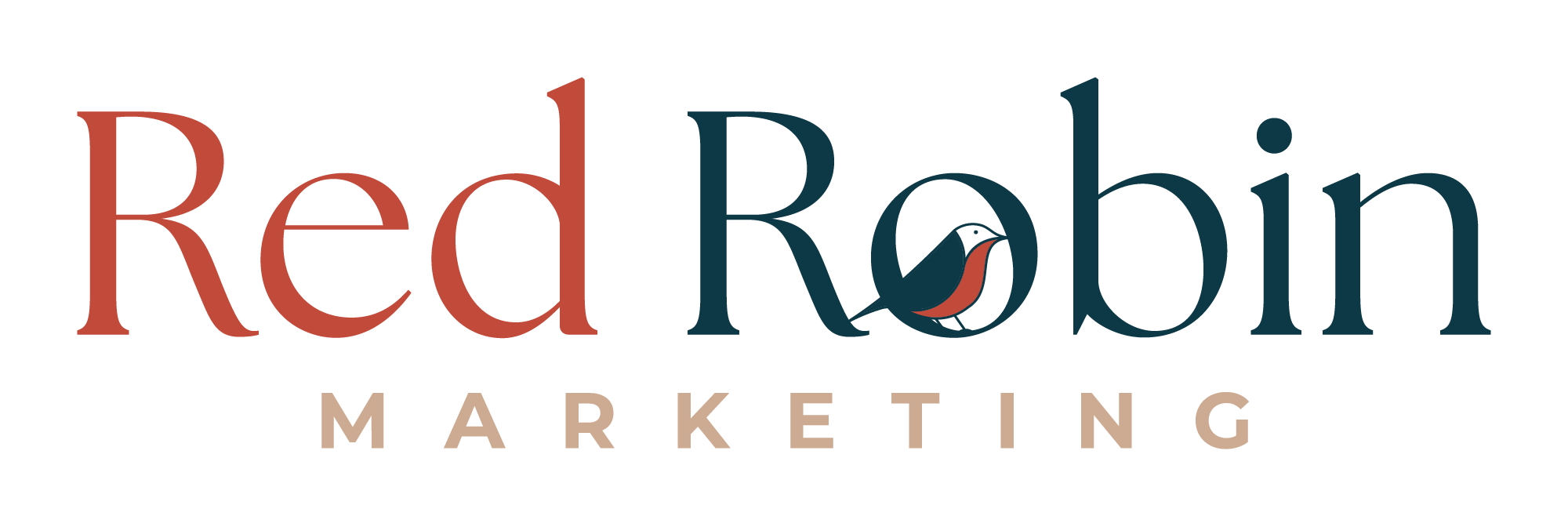When I first started working for myself, I knew I didn’t want to rely solely on social media to grow my business. I’d worked in marketing long enough to know how changeable those platforms can be, and I wanted something more solid.
I wanted to create a space I owned. A place I could send people to that reflected my values and voice – and that would grow steadily over time.
So I poured my energy into building my website: the design, the layout, the words. But, as with all new website launches, it takes time. Time to build, to grow, to be recognised by Google.
That’s where SEO comes in.
I made sure my site was optimised with clear keywords, useful content, and intentional structure. Then the traffic started coming in. And not long after, so did the enquiries.
If you’re looking for a way to step off the social media hamster wheel and create something more lasting – SEO can absolutely be part of that.
It’s not just for big businesses or online shops. SEO is for small businesses too – especially those of us who want to show up in a way that feels calm, consistent, and connected.
And it doesn’t have to be complicated. Just a few simple, practical steps can help your website get found by the people who are already searching for what you offer.
If you’ve been putting SEO off because it feels too technical or overwhelming, this blog is here to help. You don’t need to be an expert. You just need to understand the basics and build from there.
What is SEO?
SEO stands for Search Engine Optimisation. It’s all about helping search engines (like Google) understand your content so they can show it to people who are searching for something you offer.
It’s not about chasing algorithms or gaming the system. It’s about making your website more visible, more helpful, and more aligned with the words your ideal clients are typing into the search bar.
For example, if someone types “reflexology for sleep in Brighton” and that’s something you offer – SEO is what helps your site appear in the search results.
Start with your ideal client
Before you start tweaking your content or thinking about keywords, take a moment to come back to your people.
Who are you trying to reach?
What’s going on in their world when they go looking for someone like you?
And how would they describe what they need?
These little insights make a big difference. When you understand the words your clients would actually use to search for your services, you’re already on the right path.
- Massage for new mums Suffolk
- Counselling for anxiety Edinburgh
- Natural support for perimenopause
- How to sleep better without medication
Now try creating a list of your own — based on what your ideal client might be typing into Google. These become your keywords.
To start with, aim for around 10–15 keyword phrases, with 3–5 core keywords that really capture what you want to be known for. These core phrases should relate closely to your services, your location (if relevant), and the main problems you help with. The rest can be variations or supporting topics that help guide your blog and page content.
If you’re not totally sure who you’re speaking to or what they might be searching for, my free Ideal Client Workbook can help. It walks you through the process of getting clear on your messaging, your audience, and how to speak to them in a way that feels like you.
Write content that supports your SEO
Once you’re clear on who you want to reach and what they’re searching for, the next step is to create content that reflects that — and to use your keywords intentionally in the process.
This isn’t about stuffing your site with search terms. It’s about writing with clarity and purpose, using the same kind of language your ideal clients are already using.
Here are a few key places to include your keywords:
- Page or blog titles
- The first paragraph of your content
- Subheadings
- Page URLs (if you can)
- Meta title and description
- Alt text (the description behind your images)
And here are some ideas for what to write:
- Clear service page headings (e.g. “Acupuncture for Stress in Bristol”)
- Website copy that explains who you work with and how you help
- Blog posts that speak to common questions, concerns or misconceptions
- FAQs based on what your clients ask you most often
Free tools like Answer the Public or Ubersuggest can help you explore what people are searching for — but your own client conversations are often the most valuable starting point.
You don’t need a huge library of content. Just a few well-written, specific pages and blog posts can go a long way.
Make your website easy to use
This part is simple, but powerful. Google wants to send people to websites that are helpful and easy to navigate — and so do your clients.
- Short paragraphs and clear subheadings
- Internal links between pages (e.g. linking from a blog to a service)
- Mobile-friendly layout
- Fast loading times (optimise those images!)
- Clear, readable formatting
You don’t need bells and whistles. You just need something that works — and works well.
Give it time
SEO doesn’t deliver overnight results. And that’s okay. It’s a slow-burn, long-term way of building trust and visibility — without needing to post constantly or chase trends.
- More of the right people find you
- Build credibility with new visitors
- Ease the pressure on your social content
Want support?
If you’re ready to bring more ease and clarity to your online presence, we’d love to help.
- Book a Marketing Power Hour — I’ll walk through your website, content, and SEO opportunities together.
- Or choose a Done-For-You SEO Package — we’ll do the optimising for you, so your website can start doing more of the work in the background.
Not sure where to start? The free Ideal Client Workbook is always a great first step.





